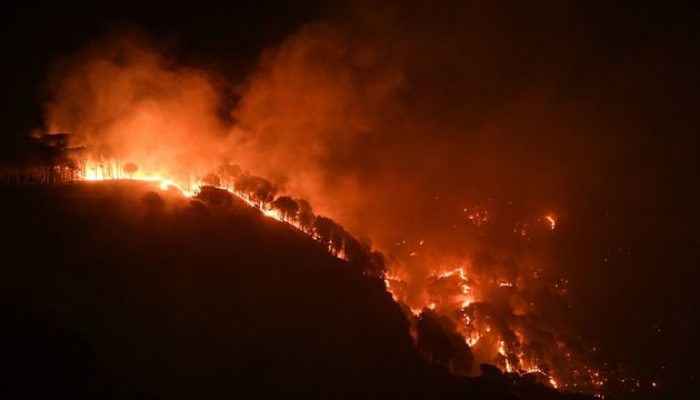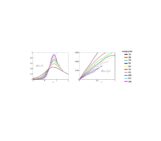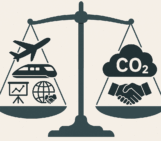
The brand-new IPCC AR6 report clearly states that “Unless there are immediate, rapid and massive reductions in greenhouse gas emissions, limiting warming to around 1.5°C, or even 2°C, will be out of reach”. Although as human beings we do not perceive changes in global Earth average temperatures as a threat to our lives, the IPCC report also states that extreme weather events will worsen; actually they have already intensified. Among those, forest fires will become more frequent and extended: as a prelude of this prediction, Summer 2021 has shown how dangerous these events can be for human life and natural ecosystems. In the island of Evia in Greece, Kabylia in Algeria, Calabria and Sicily in Italy, and the hinterland of Saint-Tropez, the flames destroyed hectares of forests, sometimes with an unprecedent frequency and magnitude.
While the outbreak of fires was at least partly predictable, as the risk is considered “very high” on average at this time of the year, the risk is increasing and will increase with climate change: here we give three reasons that link with the increase in fires to climate change.
1) Increase in global temperatures: while the first message given in the IPCC reports is about mean global temperature, not only the average temperatures but also extremes globally shift to higher values. Furthermore the warming is not spatially uniform throughout the globe: in the northern hemisphere the Arctic and the Mediterranean (and, in general, land-areas) are expected to warm faster than the rest of the planet, enhancing the risk for fires (see Figure 1 below). Vegetation shows also a non-trivial response to extreme heat: when reaching (as experienced this summer) temperatures higher than 40°C, many species stop or greatly reduce photosynthesis: this means that a forest above this temperature thresholds becomes like firewood where few sparks can trigger a large fire.

Figure 1: Simulated change in annual mean temperature at different levels of global warming (from the IPCC AR6 report).
2) Persistent Anticyclones & Droughts: atmospheric circulation is changing due to anthropogenic forcing: precipitation is expected to be more intermittent causing prolonged periods of droughts followed by short periods of heavy precipitations. In summer, persistent anticyclones already contribute to reaching extreme temperatures as for the Canadian heat dome (49.5°C reached in Litton) or in the European record-breaking temperature in Syracuse, Sicily (48.8 °C) caused by the persistence of the Mediterranean anticyclone and a particularly intense drought in this region. Even the floods in Germany were enhanced by the large availability of heat and moisture in the Mediterranean area, pumped up in Central Europe by an Atlantic low pressure system. The Mediterranean is expected to be drier due to climate change (see Figure 2).

Figure 2: Simulated change in annual mean precipitation at different levels of global warming (from the IPCC AR6 report).
3) Deforestation-urbanization-Human triggers: human-induced changes in ecosystems such as deforestation and urbanization enhance greenhouse gases emissions but also contribute to increasing the risks of fire: natural forests present lively and rich ecosystems acting as a natural protection against fires. As the soil dries out and tree cover is lost, the forest shifts from being fire-resistant to fire-prone. Urban areas need huge water resources often drawn from surrounding forest areas. Finally, most of the fires are directly triggered for human economical interests such as transforming the burned lands in building areas or pastures, with a feedback in greenhouse emissions.




